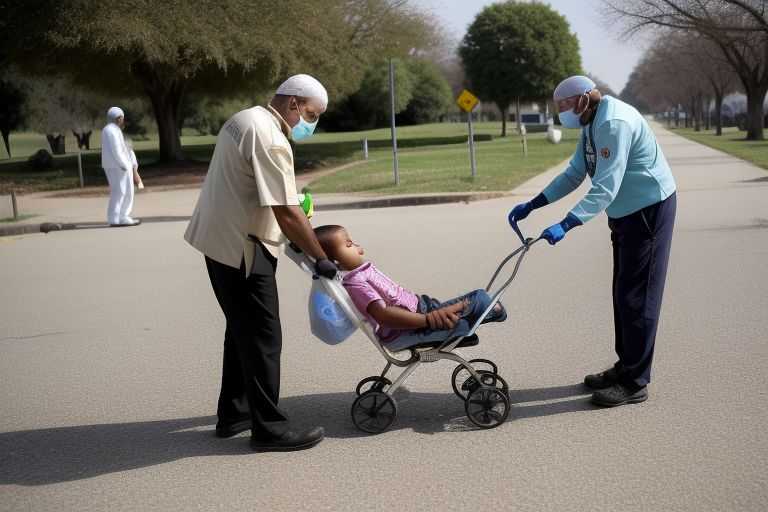The global effort to eradicate polio has been a monumental public health initiative that spans decades, involving multiple international organizations, governments, and billions of dollars in funding. Polio, a crippling and potentially deadly infectious disease, has seen its numbers drastically reduced thanks to widespread vaccination campaigns.
At the heart of this effort is the Global Polio Eradication Initiative (GPEI), launched in 1988 by national governments, the World Health Organization (WHO), Rotary International, the US Centers for Disease Control and Prevention (CDC), and UNICEF, with later support from the Bill & Melinda Gates Foundation. The initiative’s goal was to eliminate all cases of poliovirus worldwide through the extensive administration of oral polio vaccines.
The battle against polio is marked by significant achievements:
- The number of polio cases has decreased by over 99% since the GPEI’s inception, from an estimated 350,000 cases in more than 125 endemic countries to just a handful of cases in recent years.
- Two of the three strains of wild poliovirus have been officially declared eradicated. The first, Type 2, was declared eradicated in 2015, followed by Type 3 in 2019.
- As of my last update in April 2023, wild poliovirus transmission was limited to just a few areas in two countries: Afghanistan and Pakistan. However, these regions pose significant challenges due to geopolitical instability, access issues, and vaccination hesitancy among the population.
The initiative employs a variety of strategies to combat polio, including high vaccination coverage in polio-endemic and high-risk areas, innovative monitoring and surveillance techniques to detect and respond to polio cases, and targeted immunization campaigns designed to reach children who are missed by routine immunization services.
Despite the tremendous progress, eradicating polio globally remains challenging. Outbreaks of vaccine-derived poliovirus, which can occur in areas with low immunization coverage and poor sanitation, complicate eradication efforts. These outbreaks arise when the weakened virus used in oral polio vaccines mutates and regains its ability to cause paralysis.
The final steps toward eradication require intensified efforts to overcome the remaining challenges, including securing adequate funding, improving vaccination coverage in hard-to-reach areas, and strengthening surveillance systems. The global health community remains optimistic that with sustained commitment, polio can be the second human disease, after smallpox, to be eradicated worldwide.
This ongoing effort highlights the complexities and challenges of global health initiatives but also demonstrates the remarkable achievements possible through international cooperation and persistence.
